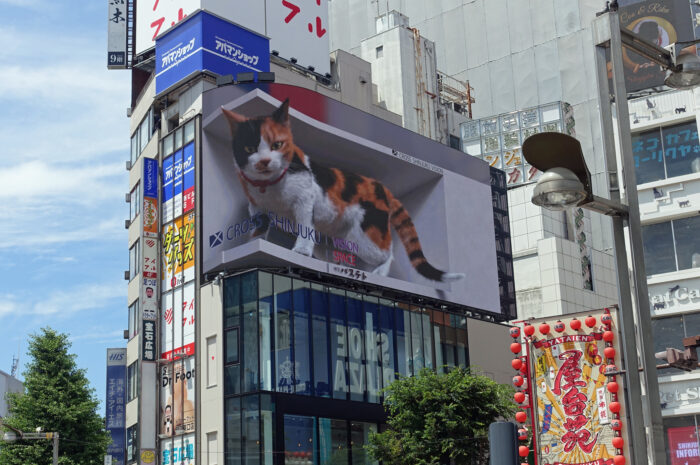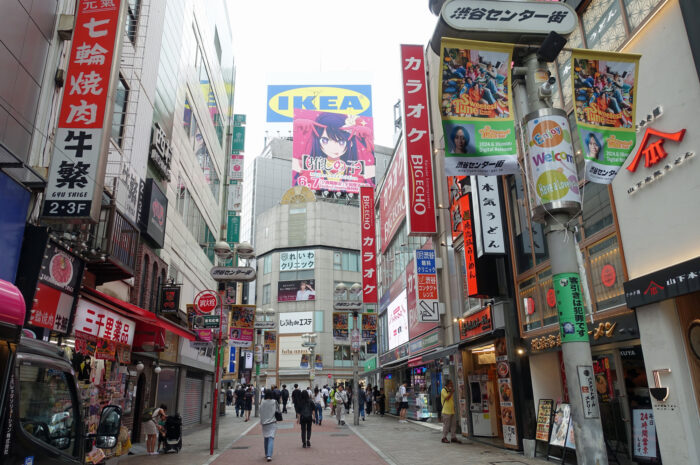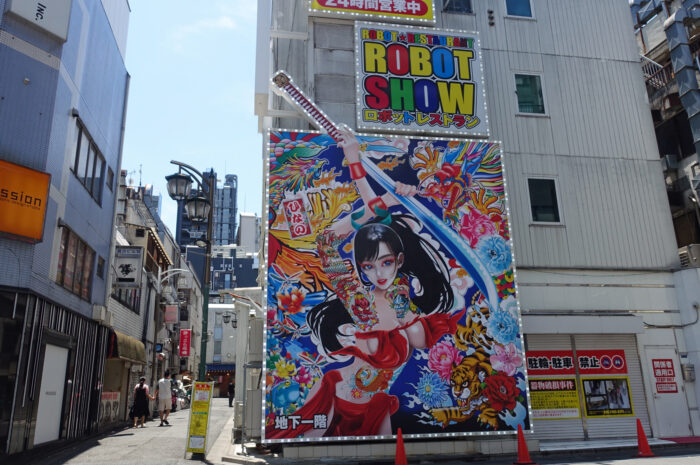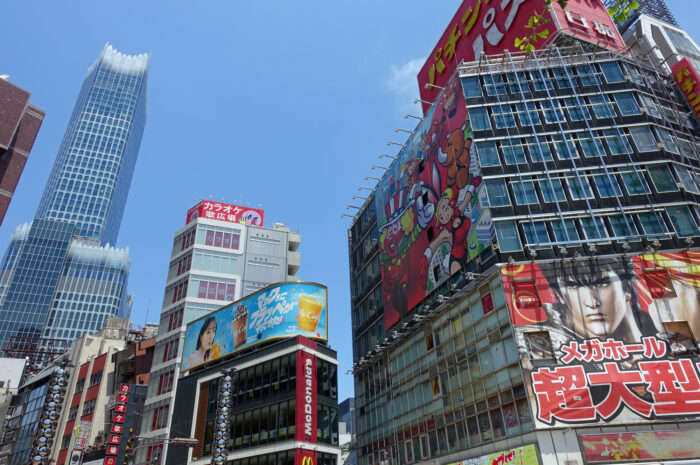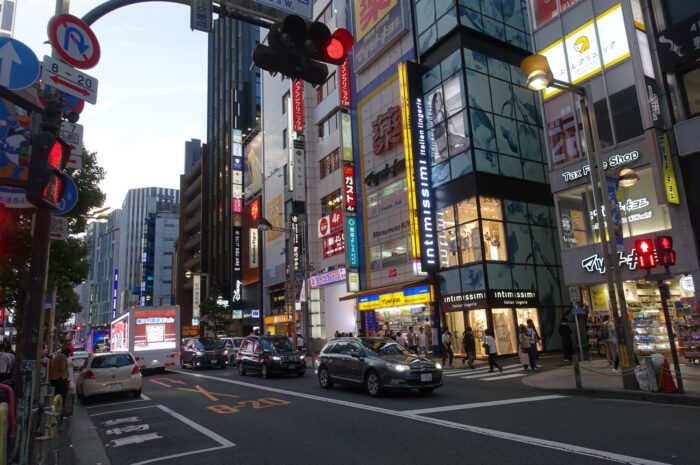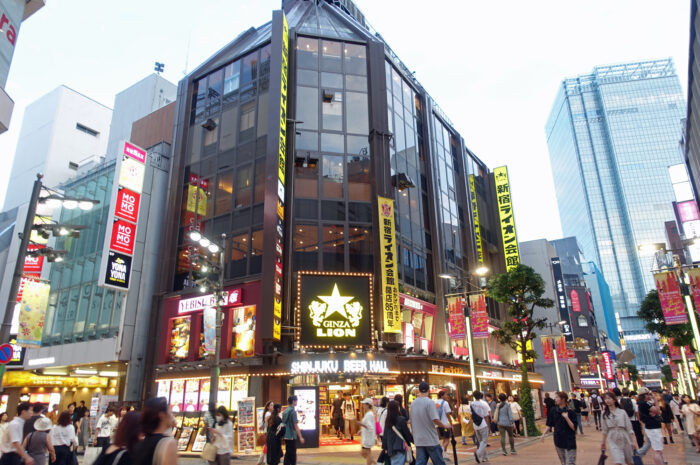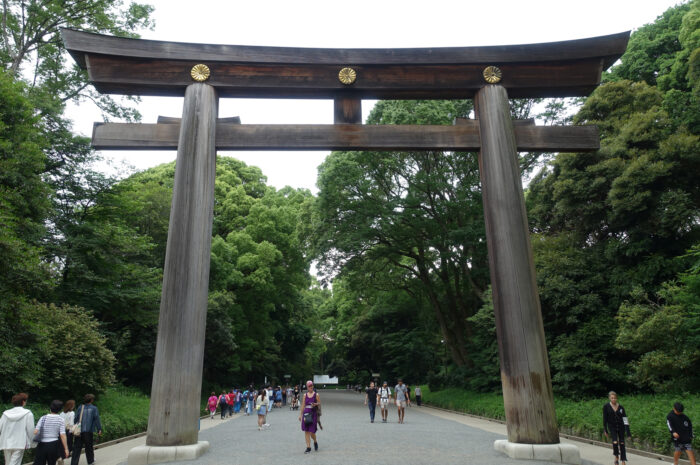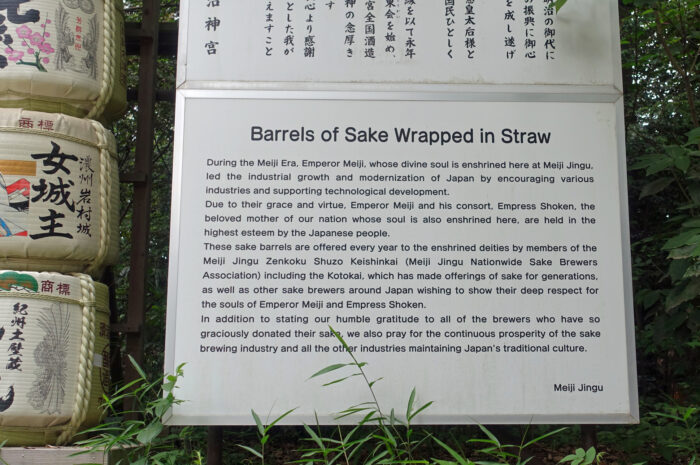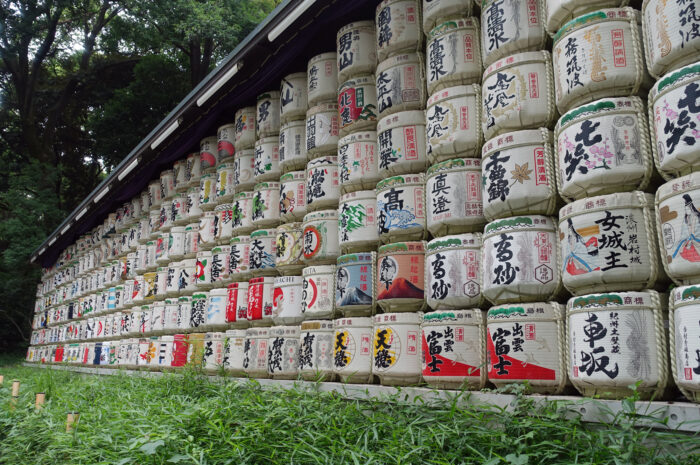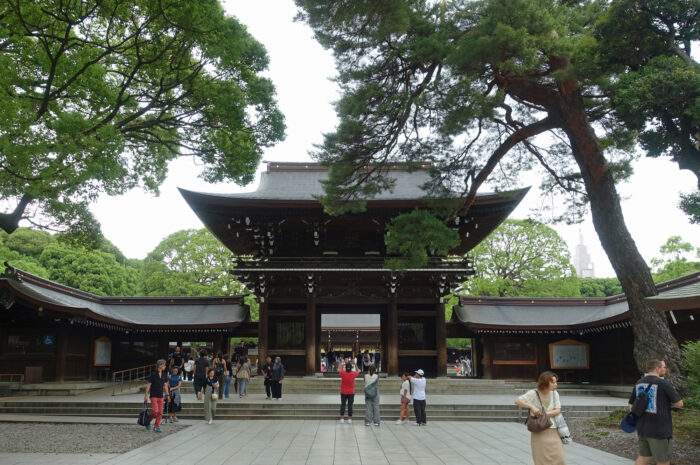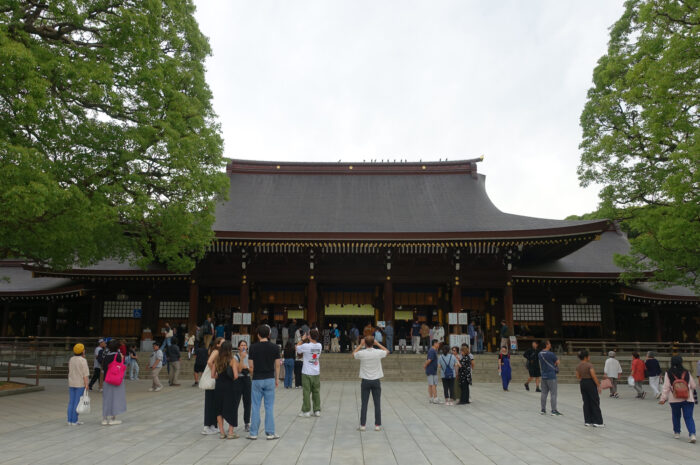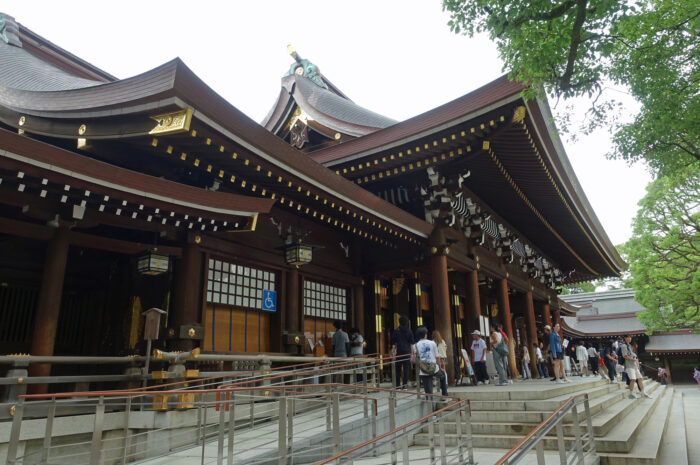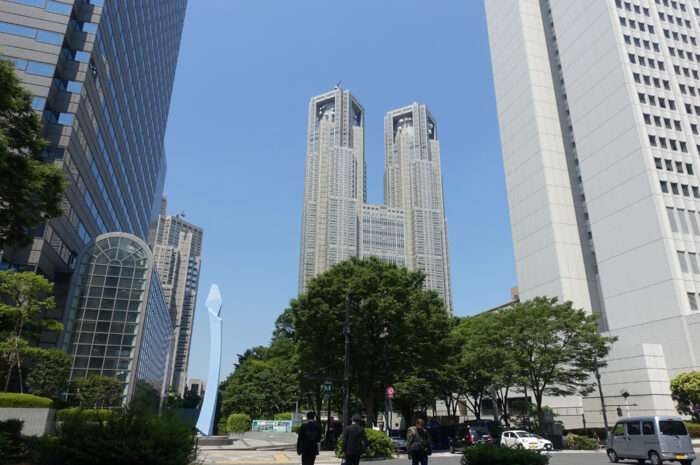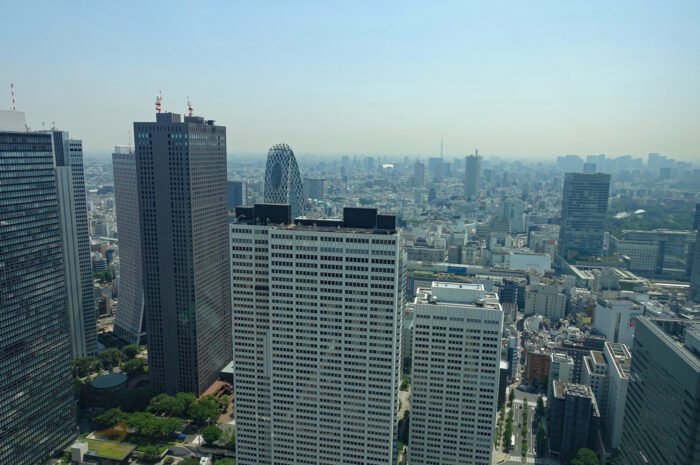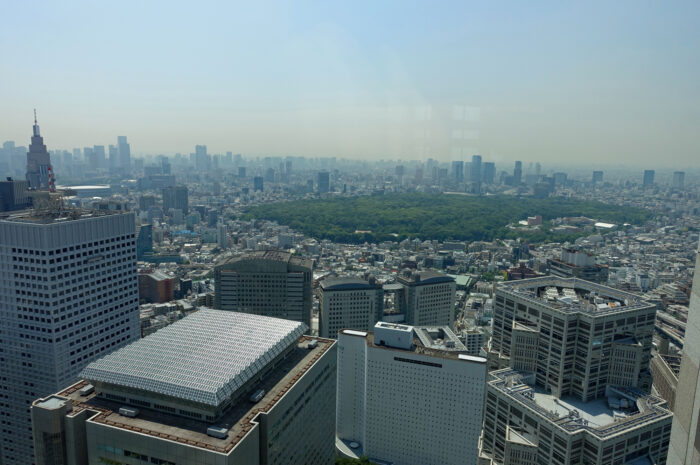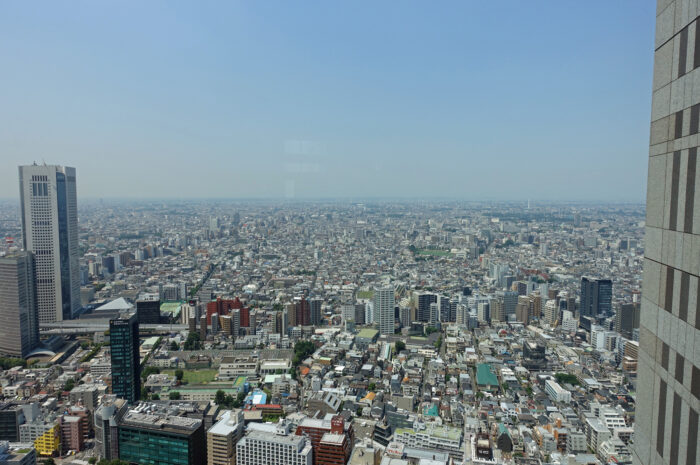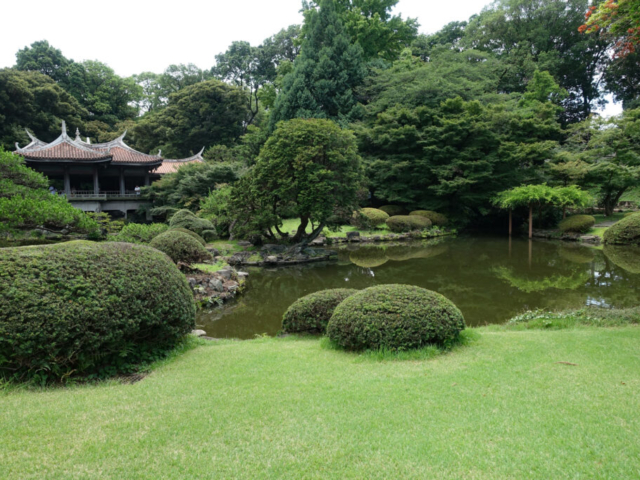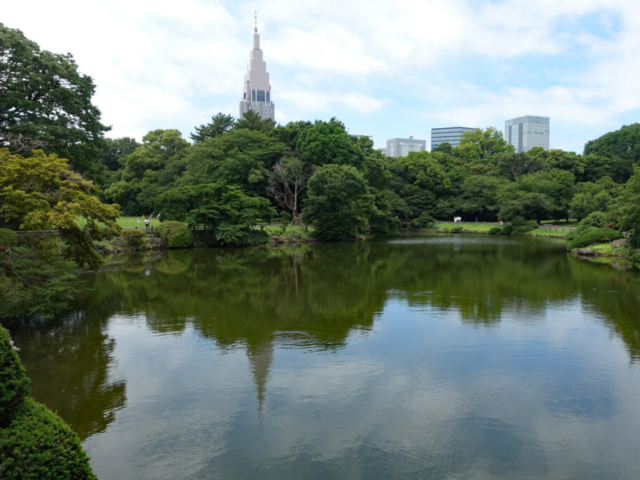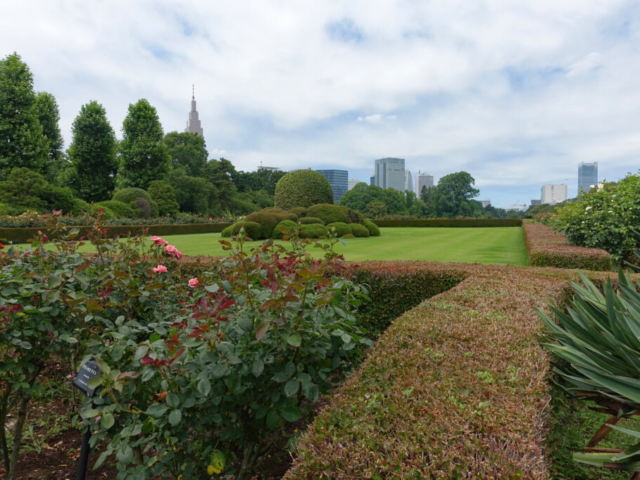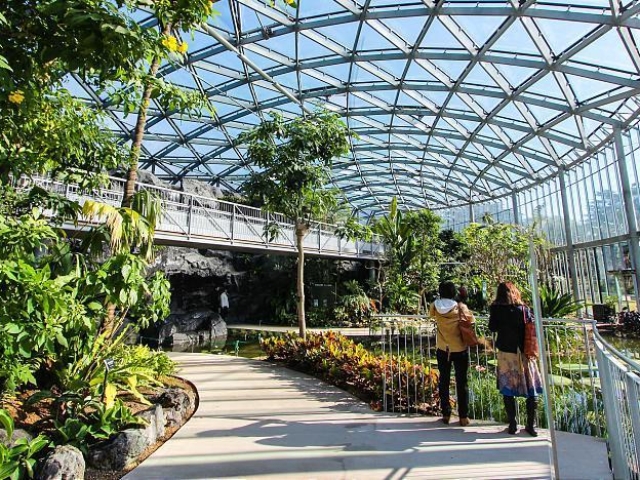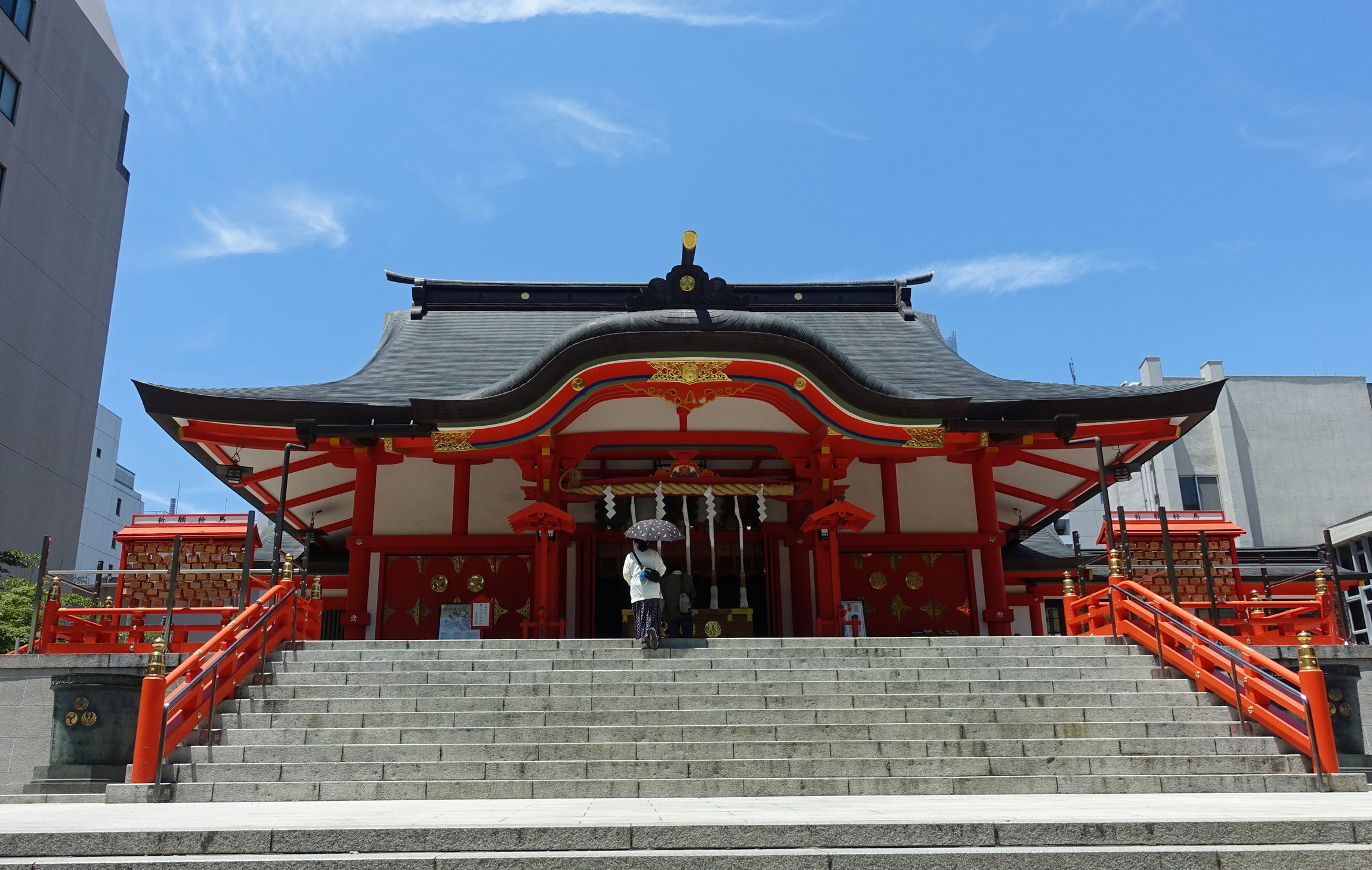
Tokyo is the capital city of Japan and one of the most populous cities in the world with a population of over 14 million residents. The greater Tokyo area is the most populous metropolitan area in the world with 40.8 million residents. This is one huge city, covering 2,187 square kilometers (844 sq miles), and the number of people everywhere can be intimidating, especially in the train stations.
We only had 4 days in Tokyo and kept close to our neighborhood of Shinjuku with lots to see without traveling too far afield. One reason being that we found the Shinjuku station very crowded and not easy to navigate. Shinjuku Station is one of the busiest stations in the world so it’s no surprise we were overwhelmed. Had we been in Tokyo longer I think we would have tried to figure it out, but for a short visit it was easier to walk. And quite honestly, we got more than enough sensory overload staying close to home. Tokyo is full of fascinating signage, moving billboards and roving trucks blaring out advertising.
We did take the train one morning to the Shibuya Station to see the famous ‘Shibuya Scramble’ crosswalk. The lights stop traffic in all directions and pedestrians cross every which way. We were there late morning and the vast number of people shown in many social media photos were not there, but it was fun to imagine what it must be like later in the day. Train tickets from Shinjuku Station to Shibuya Station cost 170 Yen (USD $1.08) each.
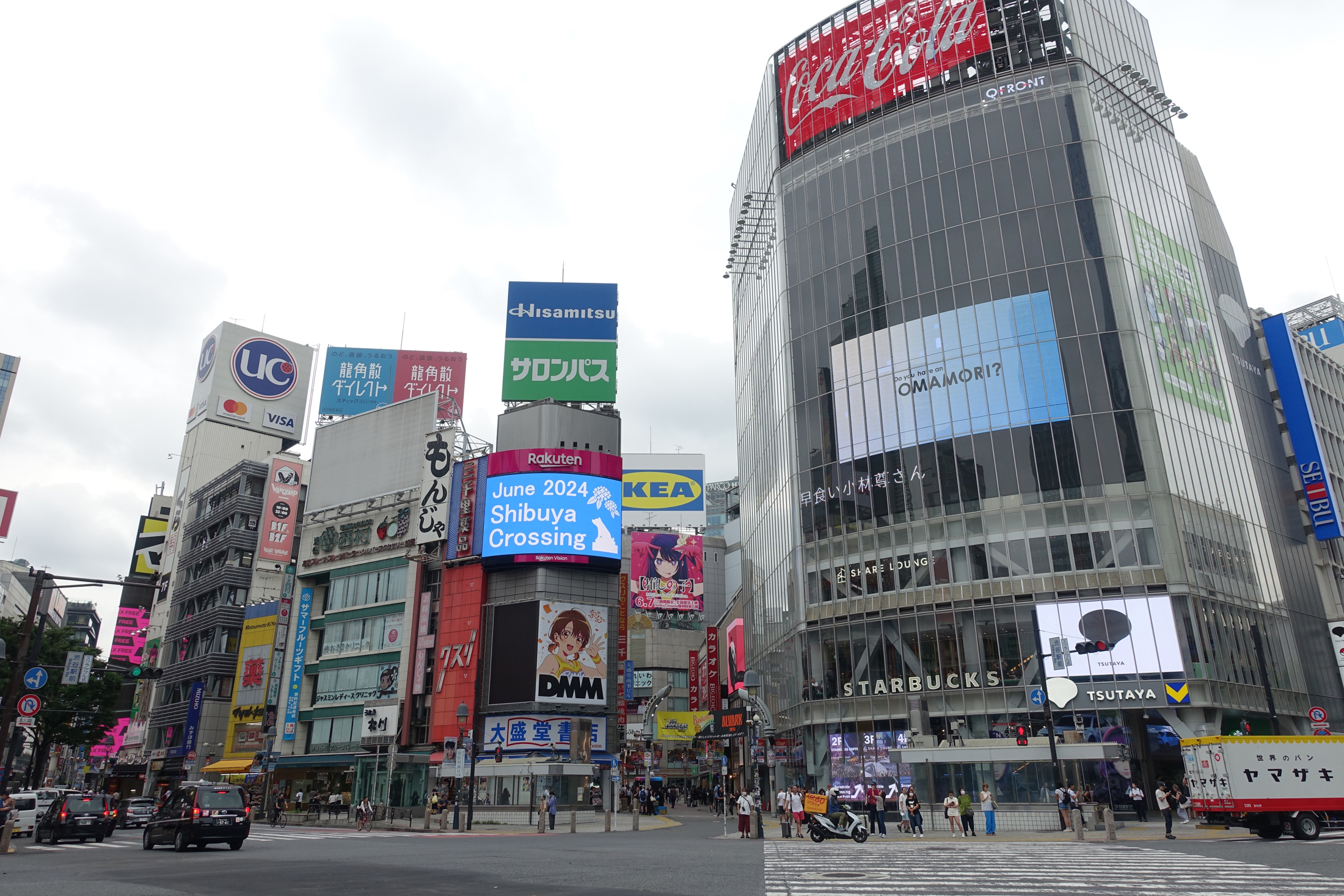
Next to the Shibuya Scramble is one of Japan’s unofficial landmarks, a statue of the Akita dog Hachiko, remembered for his unwavering loyalty to his deceased owner. The story goes that in the 1920’s Hachiko would accompany his master to the Shibuya Station each day when the man would head off to work. The faithful pup would come back to the station each afternoon at 3pm to greet his owner upon his return from work. Unfortunately, the man suffered a fatal cerebral hemorrhage in 1925 while at work and never returned for a final goodbye with his pet. This did not deter Hachiko though, who returned to the same spot to wait for his owner every day for the next nine years. Hachiko’s death made headlines and he was cremated and buried next to his beloved owner. The dog has become a symbol of enduring loyalty nationwide and has become a popular meeting place for city residents.
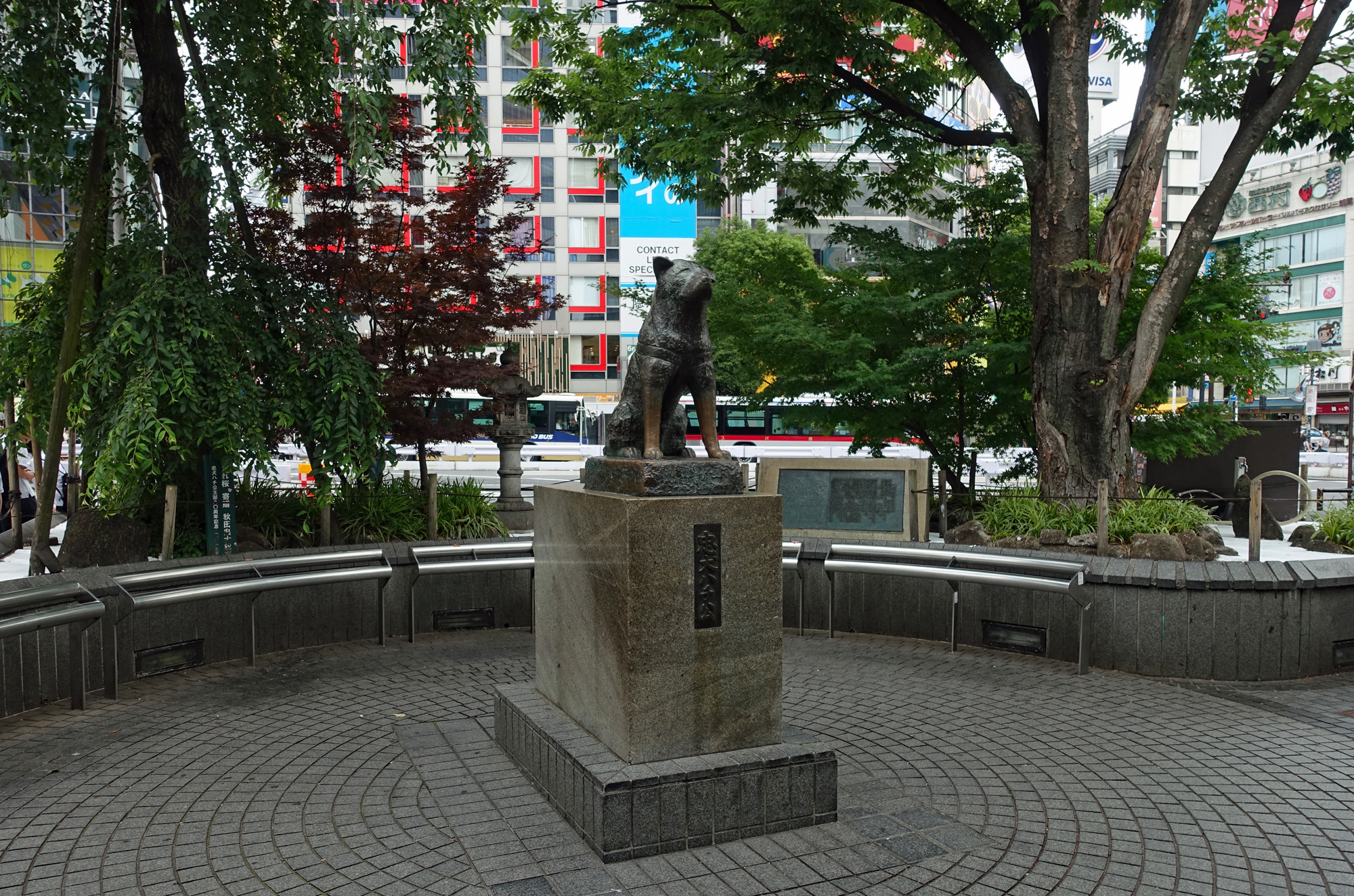
230 meters above the Scramble is Shibuya Sky, a 360-degree open air observation deck. Tickets were sold out for the day we were there, but we could go up to the 12th floor and get a better view of the Scramble.
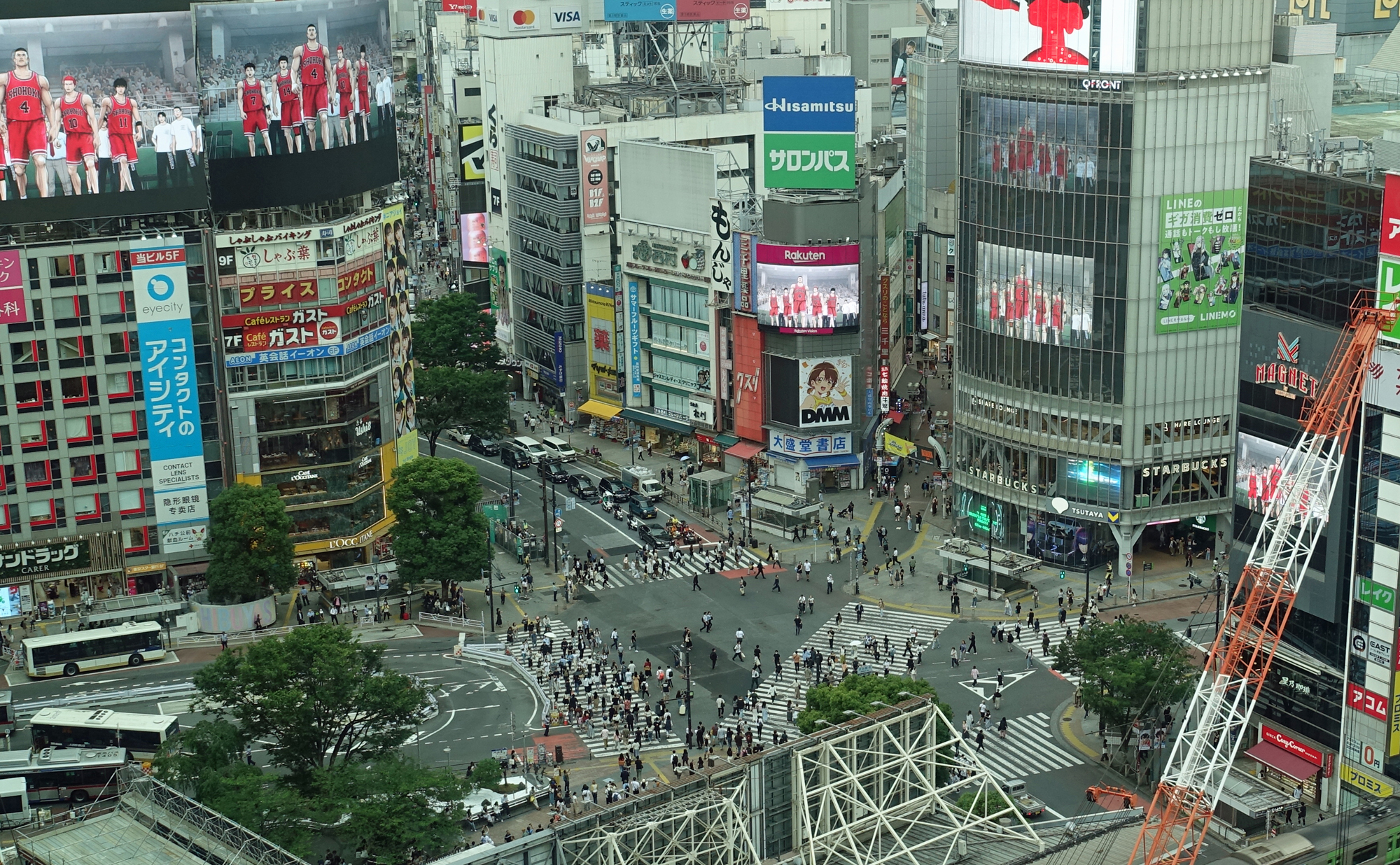
On our walk home from Shibuya we visited Meiji Jingu, a Shinto shrine dedicated to the deified spirits of Emperor Meiji and his wife, Empress Shoken. The shrine and adjacent Yoyogi Park make up a large, forested area within the densely built-up city, offering walking paths for a relaxing stroll away from the concrete. The shrine was completed and dedicated to the Emperor and Empress in 1920. It was destroyed during the war but was rebuilt shortly afterwards and completed in 1958. Entry into the shrine grounds is marked by a massive torii gate after which the sounds of the city are replaced by a tranquil forest. The shrine is free to visit.
Another free attraction is The Hotel Gracery, well known for the Godzilla head peeking over the roofline of the building next door. The 80-ton head was unveiled in 2015 and reportedly every so often he roars to life, with glowing eyes and smoky breath. It didn’t happen while we were there!
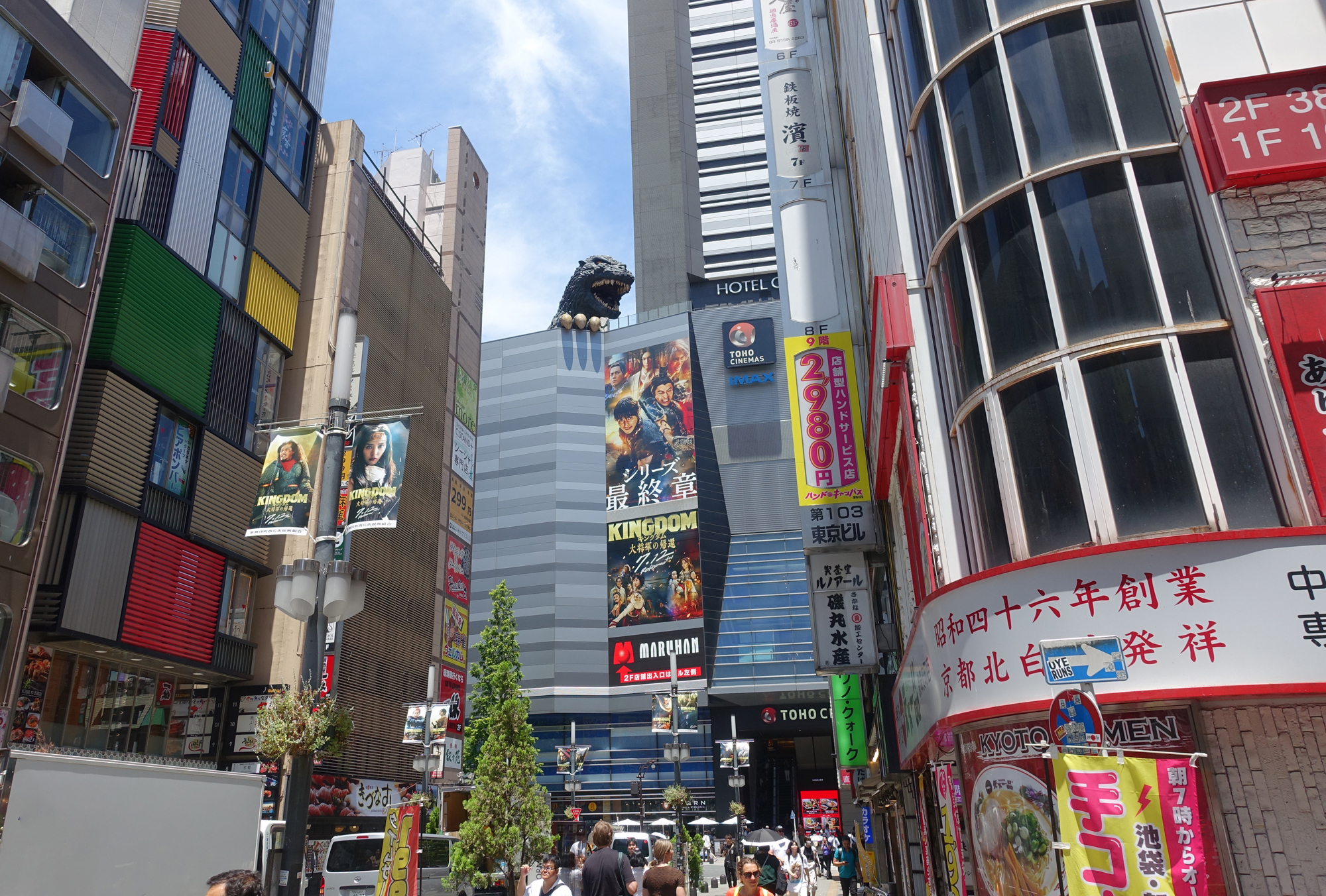
Near the Hotel Gracery is Omoide Yokocho (Piss Alley), a classic low brow dining and drinking street. Once an illicit drinking quarter in the post-war period, the narrow street was packed with hostess bars, but no toilets. Forced to relieve themselves wherever they could, drinkers gave the alley a lasting reputation. There’s also some strange food here as well such as frog sashimi, pig testicles, soft-shelled turtle, still-beating frogs heart and grilled salamander. Enough to make a person consider going vegetarian!!!
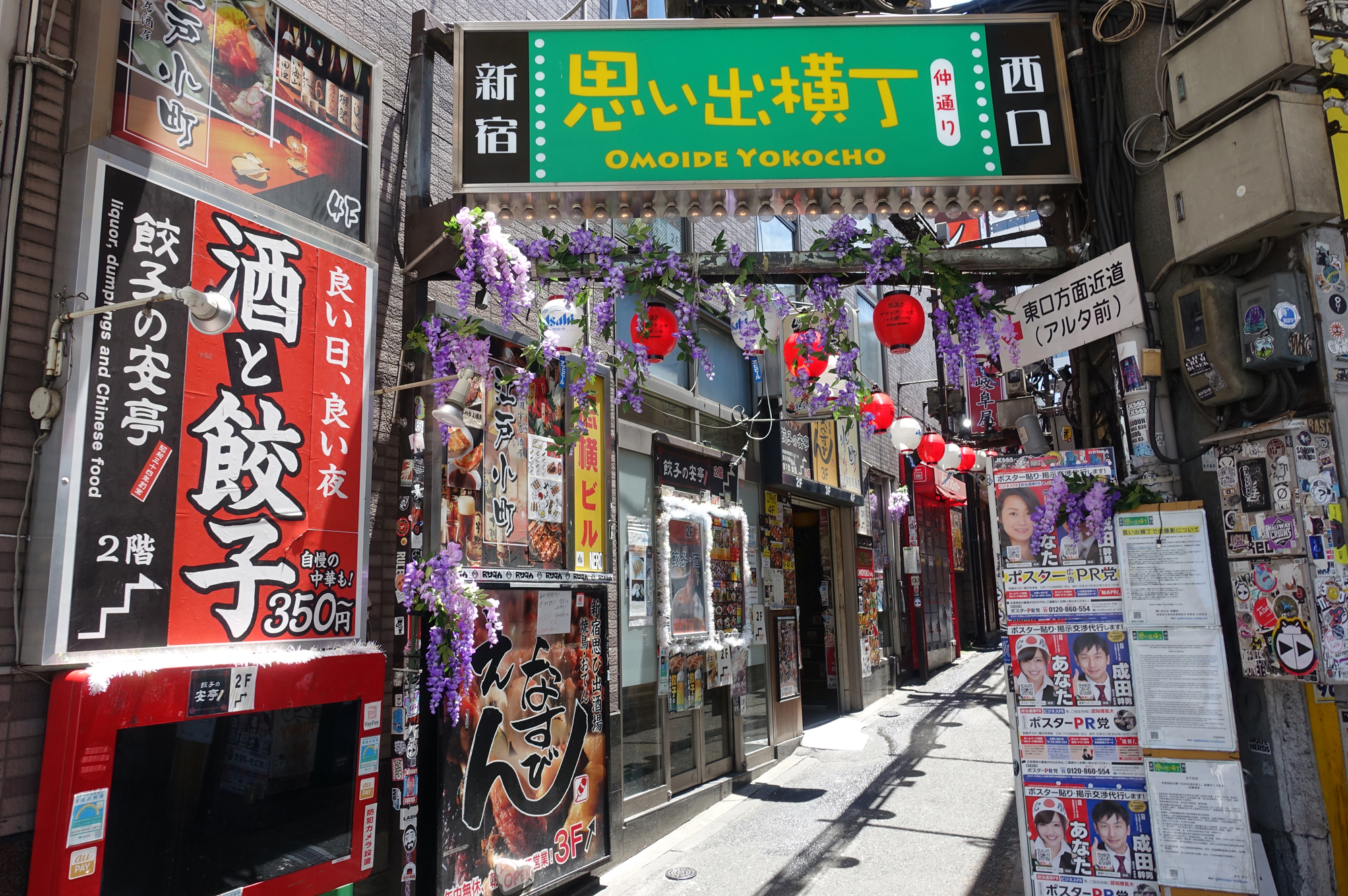
Another popular tourist destination is the twin towers of the Tokyo Metropolitan Government Building with free observation decks on the 45th floor of both towers. While we had good views of Tokyo, it was a hazy day and unfortunately Mount Fuji was not to be seen.
The Shinjuku Gyoen National Garden is one of Tokyo’s largest and most popular parks. The garden originated as a feudal lord’s residence and was converted to a botanical garden before being transferred to the Imperial Family in 1903. We were here in June, but in spring, the garden becomes one of the best places in the city to see cherry blossoms. In addition to the gardens there is also a beautiful greenhouse with many tropical and subtropical flowers. The park is a lovely place to escape this busy city. Seniors’ tickets to the garden cost 250 Yen (USD $1.60) each.
We enjoyed our few days in Tokyo but were hampered a little by having colds and not enough energy to travel further afield. Our original plan was to spend 6 weeks in Japan however a Japanese friend suggested it may be too hot and muggy for our liking so we cut our time back to 11 days and will plan a return visit when the weather is cooler.
The morning of our departure, we were surprised to learn that Narita airport was 90 minutes (and a USD $200 cab ride) from our hotel, fortunately we had allowed plenty of extra time. Lugging a 20kg suitcase each made train travel much too complicated, so our hotel arranged a taxi to take us to the bus station (1,400 Yen/USD $8.86) where we bought tickets on the Airport Limousine Bus, taking us directly to our terminal. Bus tickets cost 3,600 Yen (USD $22.94) each.
And that’s a wrap for Asia! After almost 9 months away, are returning to Calgary for the summer to catch up with family and friends and work on the next leg of our travels. We have some exciting plans in the works!!!
